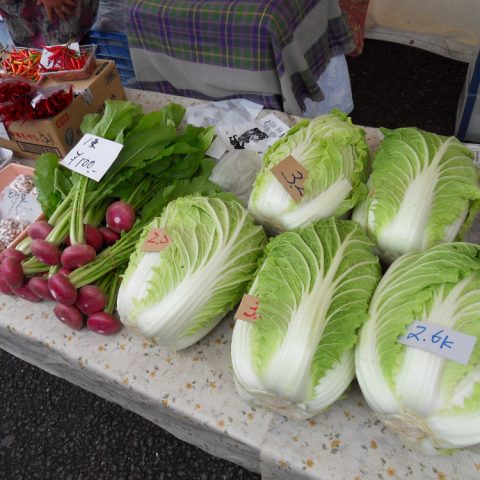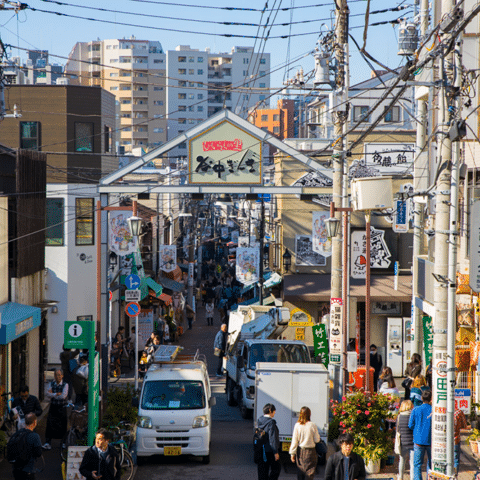
Umami is a universally loved, but somehow mysterious flavour. It is savoury, yet sweet, and comes through in a lot of our favourite foods. But where does it come from? Well, look no further than aspergillus oryzae, known in Japan as koji-kin. Koji releases an amino acid called glutamate, which is responsible for the umami flavour in many of the Japanese foods we all know and love. From miso soup, to yaki-udon, to… anything with soy sauce in it, we have koji to thank.
That’s right, koji is a crucial ingredient in Japanese soy sauce (shoyu). This sauce, found on tables across the world, is made from soy beans mixed with wheat inoculated with koji-kin, and then fermented. So, next time you dip a nice piece of sushi in soy sauce, thank koji!
Koji is also used to make the Japanese staple, miso. Miso is made from a mix of rice koji and soybeans, which have been fermented. This becomes a paste which can then be used to make miso soup, miso sauces and marinades, and a plethora of other delicious things.

Photo by White.Rainforest ∙ 易雨白林. on Unsplash
Shoyu koji (soy koji) and shio koji (salt koji) are two other incredible ingredients derived from koji-kin. These are made from rice koji that is mixed with soy sauce and salt, respectively. Shio koji has become somewhat of a magic ingredient over the past 2 decades in Japan, and its influence is starting to be felt in Western countries as well. Chefs prize this stuff for its versatility, and ability to add umami flavour to almost any dish. Shio koji is said to have a fruity taste and aroma when eaten on its own.

Photo by lili liu on Unsplash
Koji is also necessary in order to make rice vinegar. The result Is achieved through the process of adding rice koji to regular rice, and adding bacteria which turns the mixture to an acid. The vinegar can then be used to make sushi, salad dressing, and countless other things.
Next up is mirin. Mirin is a type of sweet cooking oil used in sauces and marinades. This and other sake can be made from a mixture of rice koji, regular rice, and yeast. Shochu and amazake are two other alcohols made from koji. Shochu being a distilled liquor with a high alcohol content, and amazake being a sweet drink with a lower alcohol content.

Photo by Xtra, Inc. on Unsplash
I know what you’re thinking, how can one mold create so many amazing foods? I guess this is why koji has been a popular ingredient in Asian cuisine for over 2,000 years. However, koji is notoriously difficult to cultivate, needing lots of attention, and taking over two days to ferment.
Finally, just when you thought koji could not possibly get any better, some say it also has a number of health benefits, such as potentially helping to prevent cancer. Though this has not been proven, fermented foods are generally thought to be good for digestion, as well as heart health.

Photo by Yolanda Djajakesukma on Unsplash
So, how much does koji mean to Japan? Well, it has been called the national fungus of the country, and there is even a television show called Moyashimon which features koji as a cartoon character. Now, surely you have tried koji before in one form or another, but why not try some more now that you’ve learned how many foods include this magic mold!
Feature Photo by GoodEats YQR on Unsplash
Learn more about Japanese cuisine and seasonal foods on our online experience!
PIN THIS FOR LATER




